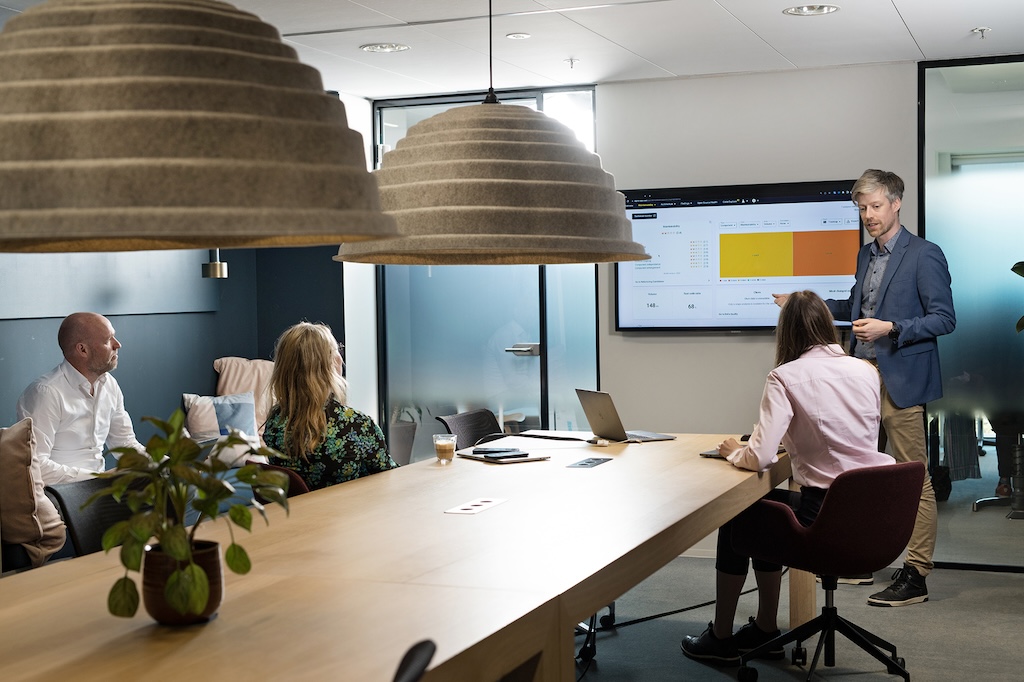
24 July 2024
Request your demo of the Sigrid® | Software Assurance Platform:

3 min read

I am a European homeowner (or rather, co-owner with the bank 😉) and, until now, I did not fully appreciate the amount of information this small statement can convey. Apparently, a person who owns a property in Europe is more inclined to maintain their property, and even more so as I am a Dutch homeowner.
To be clear, I haven’t ever come across someone who likes maintenance. Well, apart from that one neighbour down the street who polishes his 1962 convertible every given Sunday.
Generally speaking, human behaviour dictates that we are more inclined to go for something new than fix something old. A behaviour I see replayed across many industries, and that I would dub ‘consume and replace’, meaning we use up the resource in question and then move on to something new. And yes, this same concept is also portrayed in the Matrix, as Mr. Smith aptly summarizes a basic human tendency in one of his monologues. The point is that a ‘maintainability mindset’ goes a long way towards a durable and fair usage of resources.
However, there are some surprising differences between mindsets, as referred to by me being a ‘Dutch’ homeowner. The Dutch seem, on average, to outspend other countries when it comes to investing in their houses. The build quality of houses is designed to ensure the building lasts several decades, as opposed to Japan, or the US, where houses are generally built for the short term, say 10 to 15 years.
Although multiple factors might influence this difference in approach, a clear factor is that the average American moves house 4 more times in comparison to Europeans. When you move house 16-18 times in your life, it is then no surprise that a house becomes more of a consumable item. It becomes logical to focus on the short-term functionality a house brings you. And this comes at a cost. It is estimated that this kind of ‘short-horizon build’ strategy in the housing market costs the country GDP around 4% yearly.
So this got me to wonder: does this inclination also translate into software?
And yes, this situation translates to software engineering. Think of the marketing-driven front-ends built for specific campaigns that last months. Or the quick application builds with rapid iterations that are required of a start-up trying to find the right positioning and product feature composition. In these cases, maintainability is clearly sacrificed in favor of a different goal, and this can be a viable choice.
In the end, however, we see that every company has a core, a foundation of software that supports the wistful and changing needs of the market. It is this core that is stable and utilized over a longer period of time.
How? Easy. Pay your dues on maintenance. Every house needs painting every couple of years. Every car needs a good rinse every so many weeks. We all feel perfectly fine taking our car for a check-up. We even dub it a hobby when it comes to our gardens: Gardening as a hobby is essentially putting 80% of your time into maintenance and feeling good about it. So why is it so hard for our software? The stuff that runs our lives and that more and more is becoming the thing that supports our livelihoods by generating value through our businesses. Surely this is where a maintenance mindset is well in place?
So ask yourself; am I doing my maintenance? Am I getting my 4% worth back by going for the long haul?
We'll keep you posted on the latest news, events, and publications.